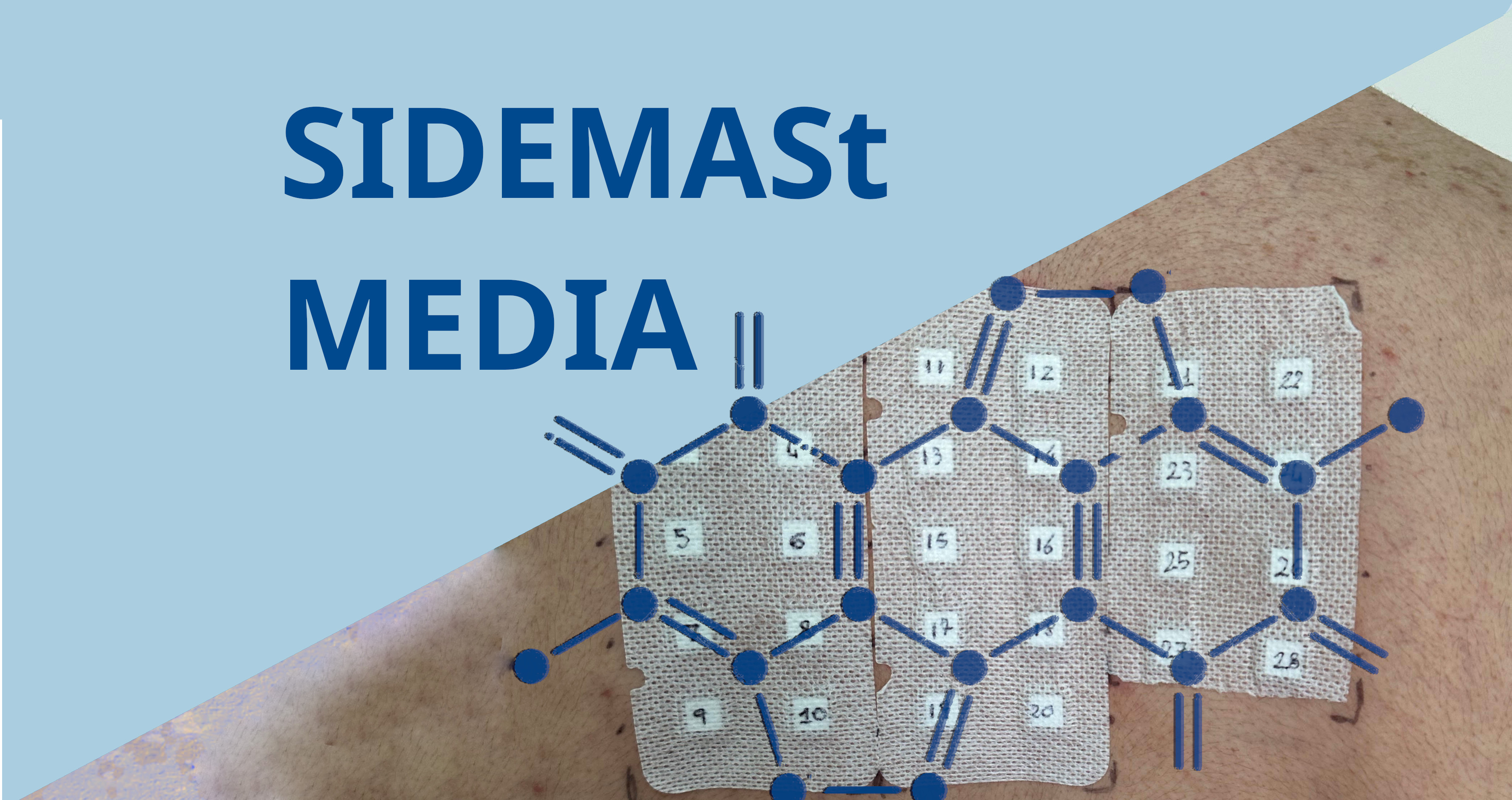Patients with psoriasis who are exposed to physical trauma -- particularly trauma involving bones and joints -- show an increased risk of developing psoriatic arthritis, according to results of a large, retrospective, population-based study presented here on June 11 at the 2015 Annual Congress of the European League Against Rheumatism (EULAR).
With some case series and cross-sectional studies linking trauma with psoriatic arthritis, Thorvardur J. Love, MD, Landspitali University Hospital, Reykjavik, Iceland, and colleagues analysed data available from the Health Improvement Network (THIN) database on 70,646 patients with psoriasis (between 1995 and 2013).
The patients included 15,416 individuals who were exposed to trauma and 55,230 who were not exposed to trauma. The database recorded a total of 1,010 cases of psoriatic arthritis in following the patients for a total of 425,120 person years.
Among the patients unexposed to trauma, the incident rate of psoriatic arthritis was 22 per 10,000 person-years (95% CI, 21 to 24), and 30 per 10,000 person years (95% CI, 26 to 34) in the group exposed to trauma.
According to Cox analysis, patients with psoriasis who were exposed to trauma had an increased risk of psoriatic arthritis compared with controls, with a hazard ratio (HR) of 1.32 (95% confidence interval [CI], 1.13 to 1.54).
A subset analysis showed bone and joint traumas to have the strongest association, with multivariate analysis showing an HR of 1.46 (95% CI, 1.04 to 2.04), and 1.50 (95% CI, 1.19 to 1.90), respectively.
Nerve and skin traumas were not associated with a statistically significant difference in risk compared with controls.
Patients who did not have psoriasis did not show increased risk of RA to be associated with trauma (HR 1.04; 95% CI, 0.99 to 1.10) based on an analysis of 551,723 exposed individuals and 2,672,836 unexposed individuals followed for 19,479,771 person years.
"Our findings highlight the importance of further study into the complex factors that lead to arthritis in psoriasis patients," Dr. Love concluded, "as we may find ways to modify the risk once we fully understand it."
Funding for this study was provided by the Rannis (the Icelandic Research Fund), Reykjavik, Iceland and the National Institutes of Health, Bethesda, Maryland.








